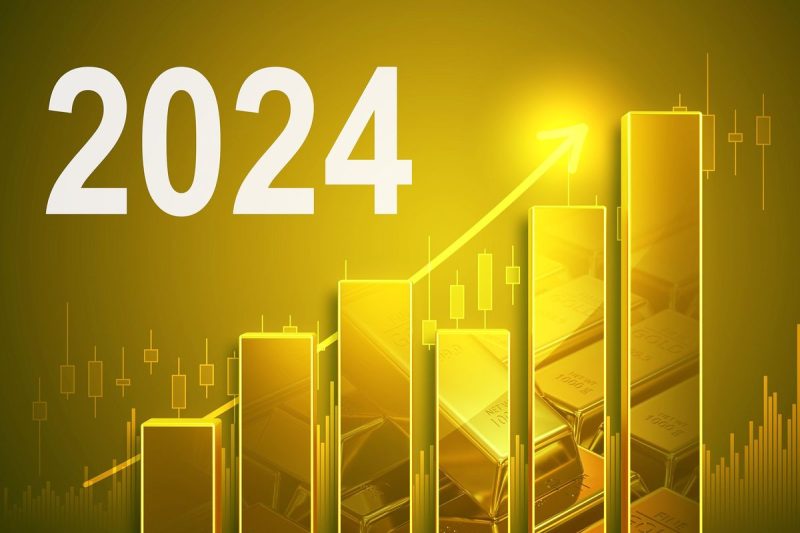
2024 Gold Price Predictions: Discover the Major Trends set to Influence Gold Value
Gold Price Forecast: Top Trends That Will Affect Gold in 2024
The investment scenario is always changing, and precious metals such as gold routinely play a key role in the global economy. The unpredictable path of global events can lead to spikes or slumps in gold prices. Going forward, let’s examine several top trends forecasted that are projected to impact gold prices in 2024.
1. Global Economic Growth and Monetary Policies:
Historically, gold and financial markets have had an inverse relationship. When there is economic turmoil or uncertainty, investors often turn to gold as a ‘safe haven’ investment. One example of this occurred when gold prices rose amidst the economic disruption and uncertainty due to the COVID-19 pandemic. Recovery of the global economy could temper gold’s appeal. However, conservative monetary policies, like low-interest rates and quantitative easing adopted by many countries, may keep gold prices high.
2. The Impact of Geopolitical Risks:
The geopolitical landscape is another factor that strongly influences gold prices. In 2024, the geopolitical risks are expected to remain. Continued tensions between the world’s various powerful nations, potential political instability in smaller countries, and ongoing threats of terrorism are all potential risk factors that can lead to an increase in gold prices as investors seek a safe haven for their assets.
3. Inflation:
As a known hedge against inflation, gold prices could see an upward trend if inflationary pressures continue to mount in large economies. Higher than anticipated inflation rates, coupled with low-interest rates, could make gold more attractive in 2024.
4. Blockchain and Cryptocurrency:
The rise of blockchain technology and cryptocurrency could also influence gold prices. Blockchain’s usage in tracking gold transactions makes it more transparent and safe, thereby making gold more attractive to potential investors. On the other hand, the value proposition of cryptocurrencies like Bitcoin as ‘digital gold’ could pose a challenge to traditional gold investments.
5. Technological Innovations:
Technological changes can also indirectly impact gold prices. An increase in the production of electronics, especially renewable energy systems and electric vehicles, could raise the demand for gold because of its excellent conductivity and resistance to corrosion.
6. Mining Costs and Supply Chains:
A production-side aspect that affects gold prices is the cost associated with mining and availability of gold deposits. If mining expenses rise due to increased energy costs or stricter regulations, this could drive up gold prices. Additionally, disruptions in the supply chain, as witnessed during the COVID-19 pandemic, could also push gold prices higher.
Conclusion:
Therefore, gold prices in 2024 will likely be determined by a complex interplay of these macroeconomic factors, geopolitics, financial market dynamics, and mining-related costs. Despite these uncertainties, one thing is clear – gold will continue to occupy a crucial role in the investment portfolios of many, thereby continually stimulating its demand. Tracking these trends can provide investors the insight needed to make informed decisions about when and where to invest in gold.
